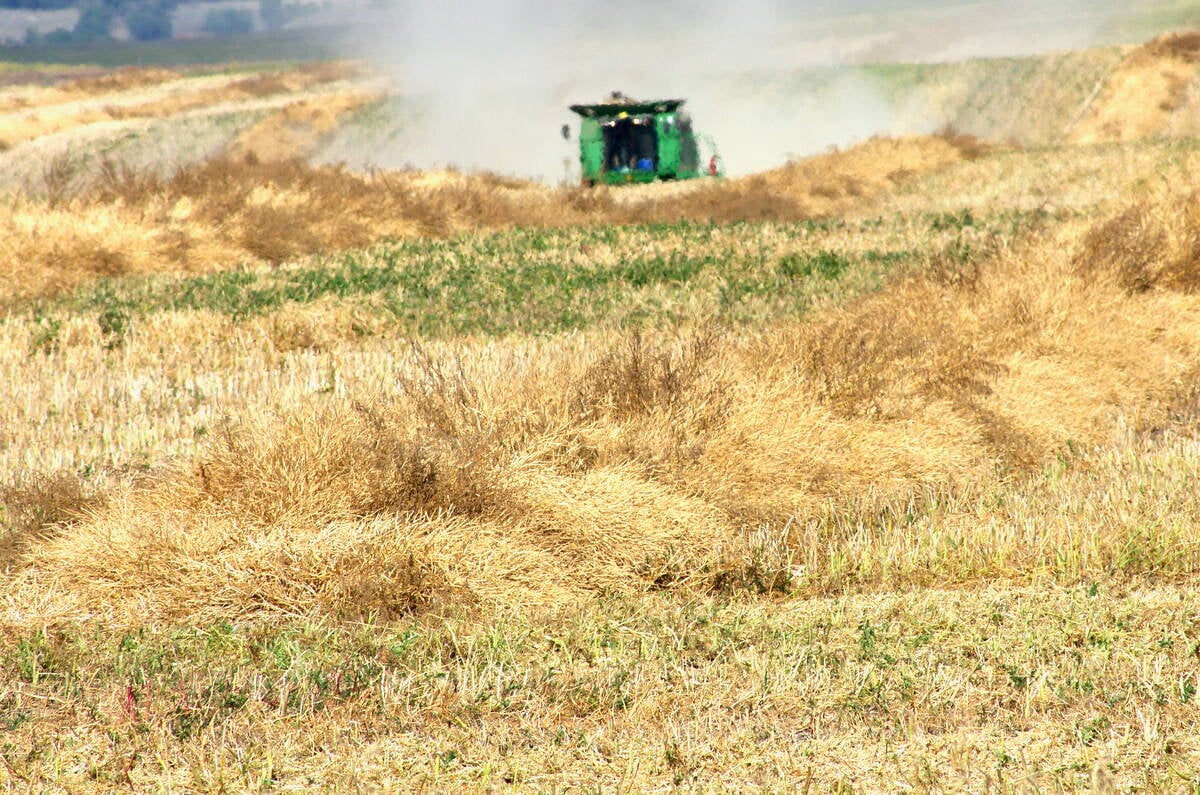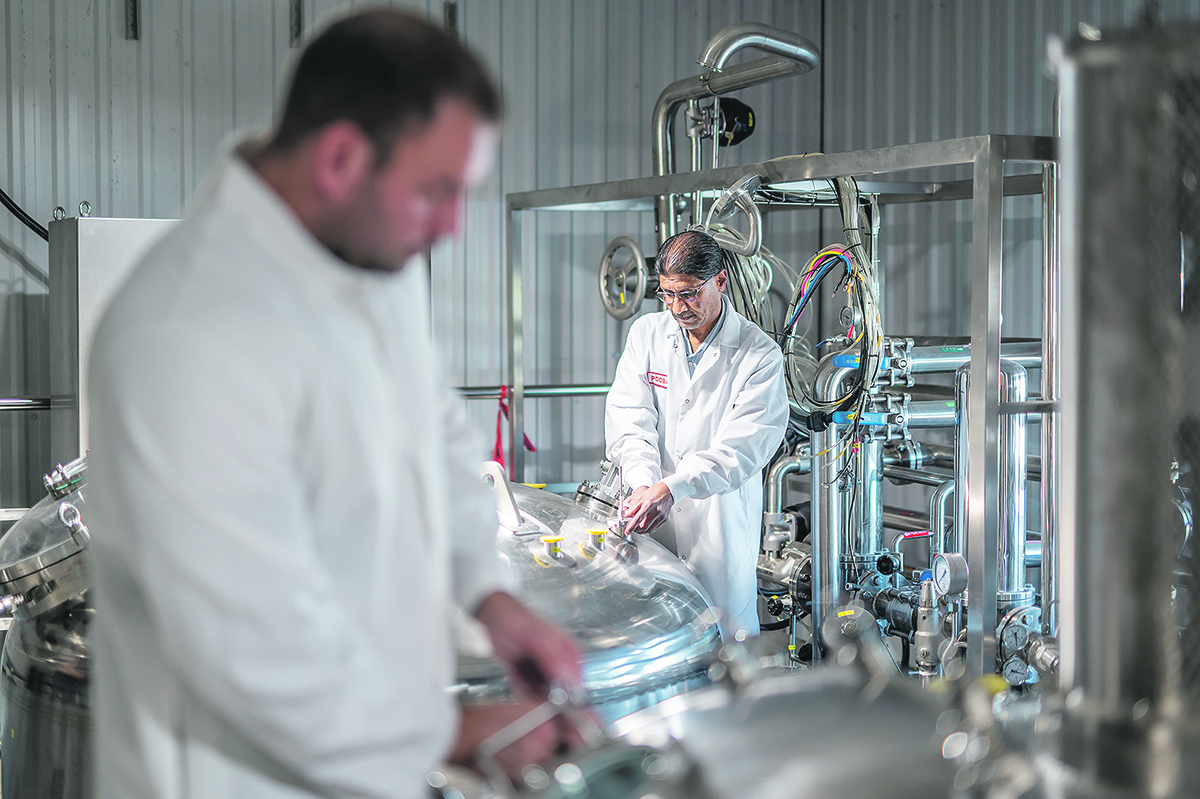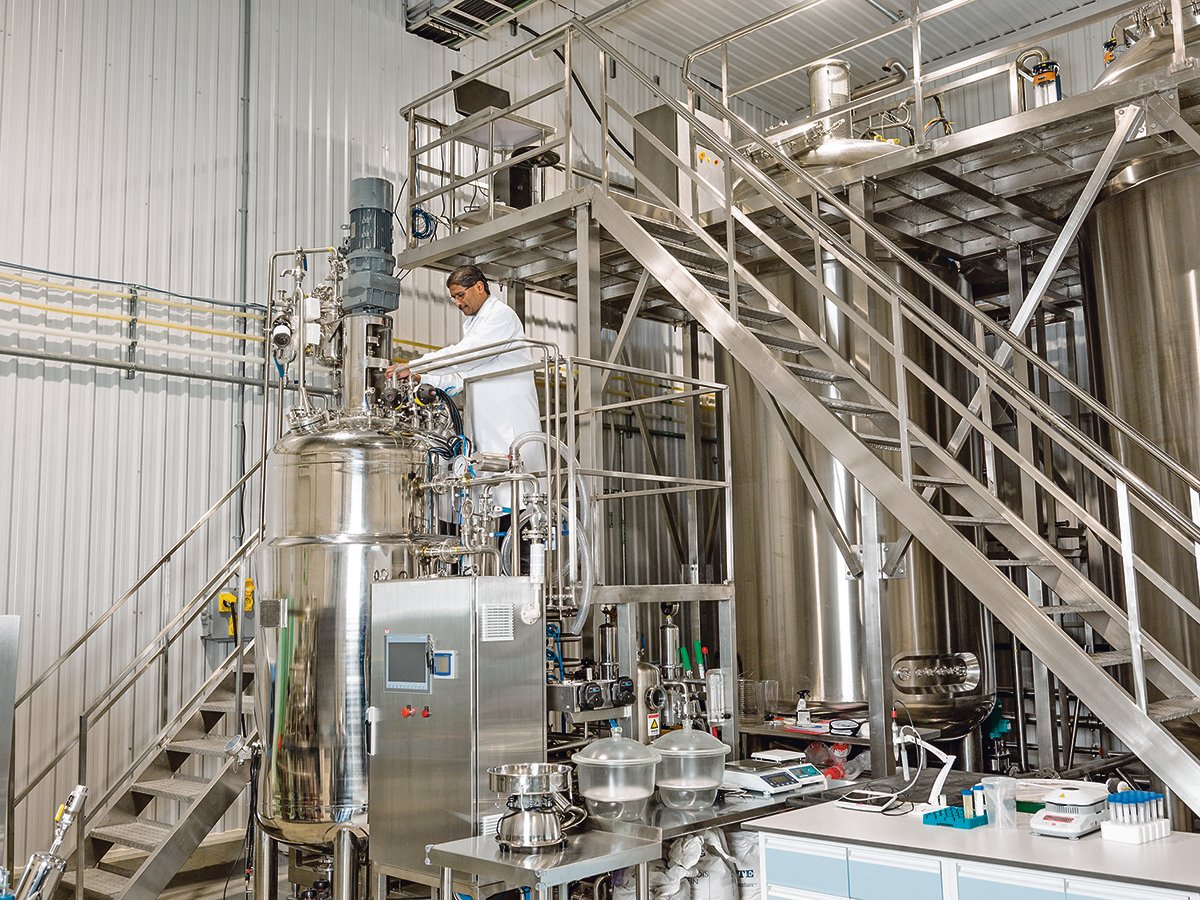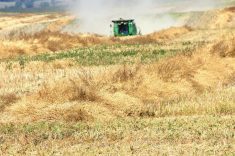WINNIPEG — Cargill reported US$177 billion in revenues in 2023.
To put that in perspective, Saskatchewan’s gross domestic product was C$79 billion that year.
Cargill is a giant in the food and ingredient industry, so when the company’s chief technology officer says he’s excited about a new technology, it’s probably a big deal.
Read Also

Manitoba searches for Plan B on canola oil exports
A new report explores Manitoba’s current canola oil trade and possible alternative markets to the U.S.
“The overall area of precision fermentation — how do you take, say, glucose as a starting material and make certain target molecules (for ingredients)?” Florian Schattenmann said last October.
“How can you bring this into (making) dairy proteins… I think that could be the next new market, especially for those who have trouble digesting dairy.”
Precision fermentation is a “fancy” phrase to describe the technology, said Mehmet Tulbek, president of the Saskatchewan Food Industry Development Centre in Saskatoon.
“Micro-organisms are engineered to produce a single product such as milk protein, egg whites … sweet proteins and so on,” Tulbek said in 2023.
Using milk as an example, researchers and precision fermentation experts have learned how to produce the 18 types of protein that exist in milk.
“(We can) then purify these proteins and re-constitute milk,” said Pooba Ganeshan, principal scientist at the food centre.
“For people who are lactose intolerant … we can have milk that is completely devoid of lactose.”
The fermentation part of the technology is done in large tanks. The food centre now has two 10,000 litre tanks inside its fermentation facility. Start-up companies are collaborating with scientists at the facility to develop and refine new products.
“We cannot talk so much about the ingredients we work on because of confidentiality (with business partners),” Tulbek said in December.
Countries like Israel, the Netherlands, Finland, Singapore and the United States are investing billions into research and commercialization of this technology.
The funds are flowing toward precision fermentation because firms with two employees and massive companies such as Cargill see an opportunity.
“It’s going to be a three to four trillion dollar industry in a couple of years, globally,” said Tulbek, who emphasized that the opportunity is much bigger than food and ingredients.
“This is about bio-inoculants, this is about bio-fertilizers, vaccine and drugs and vitamins and feed supplements. There are so many different applications. We are not just looking at food.”
Traditional vs. precision fermentation
Tony Savard is an Agriculture Canada scientist in Quebec who has studied fermentation and fermented food for about 30 years.
However, fermentation is much, much older than three decades.
“Thirty-thousand years before Christ, there is traces of food fermentation,” said Savard, who works in St. Hyacinthe, Que.
“Every country has their own fermented foods…. There is fish fermented, pepperoni. Some sausage is fermented, as well. Salami, even relish, a condiment, it’s processed after the fermentation.”
A good example of traditional fermentation is kimchi, a Korean dish where cabbage is pickled and fermented.
Basically, cabbage and other ingredients go in a glass jar that is placed in the fridge, and bacteria do their work to ferment the cabbage.
Precision fermentation is more controlled and exact and done at a much larger scale.
“It’s using the micro-organism to produce… a specific ingredient,” Savard said.
“You will create your culture media, your temperature control, the speed of the fermentation … you will control pH.”
Another key difference with traditional fermentation is that the bacteria is within the resulting food. As an example, sauerkraut would contain the healthy bacteria.
In precision fermentation, the bacteria (microbes) produce the molecule that is used as a food ingredient — say a milk protein such as casein.
“We look at it as microbial cell factories. That’s what we like to call them,” Ganeshan said. “They are little factories, producing that one product that you’re interested in…. Then you can harvest it.”
Why should farmers care?
At first glance, it seems like making food ingredients with microbes in a large tank is direct competition with growing crops and raising livestock.

There is some truth to that.
This approach does “bypass” the traditional agricultural supply chain, Tulbek said.
Still, there is a huge opportunity to use waste materials from agriculture and agri-food processing as fuel for the bacteria in precision fermentation.
The bacteria need a feedstock so they can grow and generate the desired protein, food ingredient or product.
That feedstock could be waste products from breweries, grain milling and low value pea starch.
Instead of selling those products at a low price or transporting them to a landfill, they can be used to make high-value products with precision fermentation.
“(The) price per kilogram of the products can be in the range of $150 to $200, up to $5,000 per kg, depending on the type of product,” Tulbek said.
For farmers, this means more value for their crop and livestock products, he added.
Canada’s role
Unfortunately, like in many industries, Canada is behind the rest of the world when it comes to investment and research into precision fermentation.
China, Europe, Israel, the U.S. and other countries have a head start in this technology.
“The United States is building more and more (reactors). In Canada, we can keep ourselves in the Top 10, but we are coming a little bit behind,” Tulbek said.
“We don’t have large scale fermenters (in Canada), like the U.S. and other places. In the next five years, there will be demand for 100,000 or one million litre reactors,” Ganeshan added.
Canada, though, has a natural advantage over places like Israel or Singapore because it has an established agri-food industry that produces cheap feedstock for bio-reactors.
Maybe the way to think about precision fermentation is something that works with traditional agriculture, rather than against it.
“(It’s) complementary. (Global) food demand is increasing.… We need some alternatives,” Savard said.
“These are alternatives to complement, not to replace.”
Milk, cheese and honey
Businesses from Israel, Europe and California are harnessing precision fermentation to produce a range of foods, including:
ReMilk — The Israeli firm is using yeast and fermentation to produce milk proteins and dairy products.
Formo — The German company is combining the milk proteins made from fermentation with plant-based fats to produce cheese curds and cheese.
MeliBio — The firm from San Francisco has developed a fermentation process to produce “honey” that it claims is “molecularly identical to the real thing.”
- – Source: brightgreenpartners.com
















